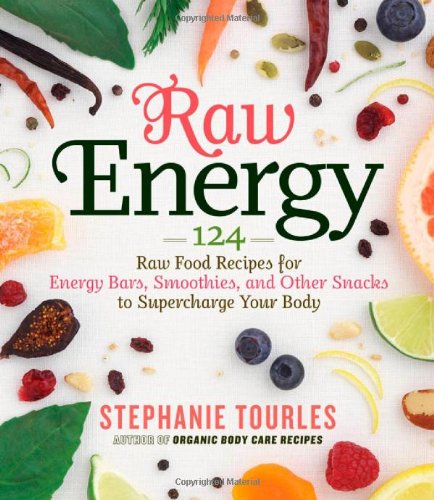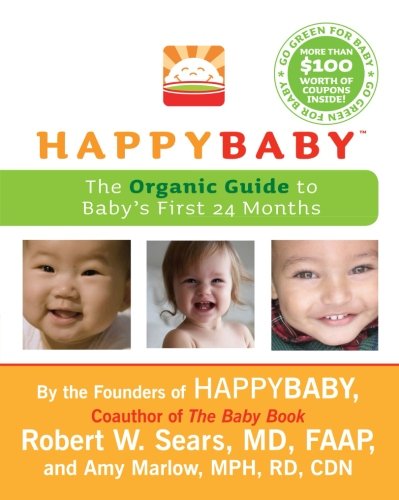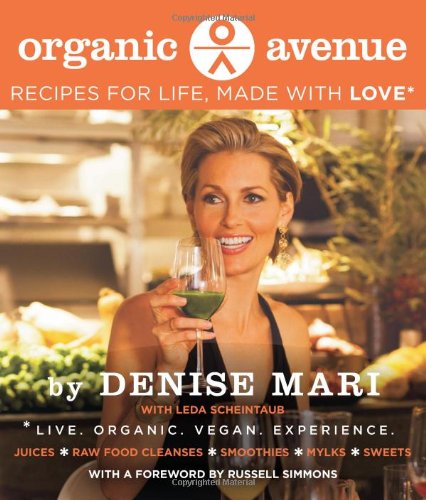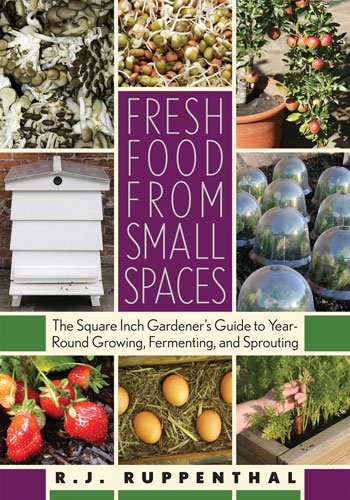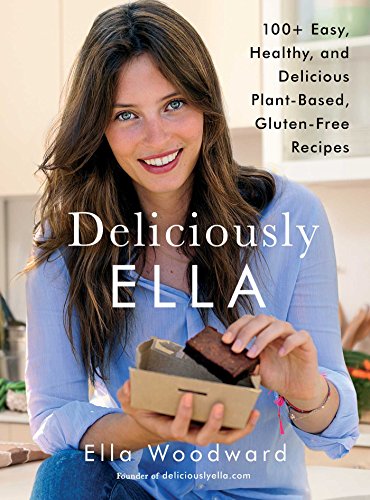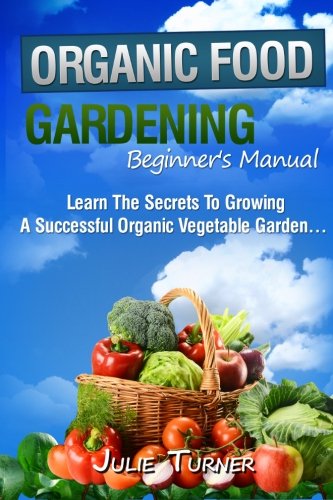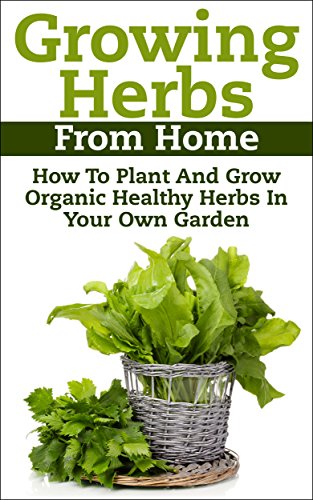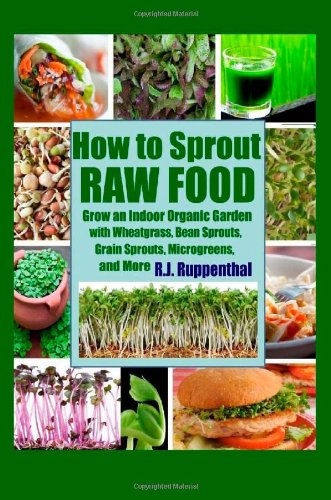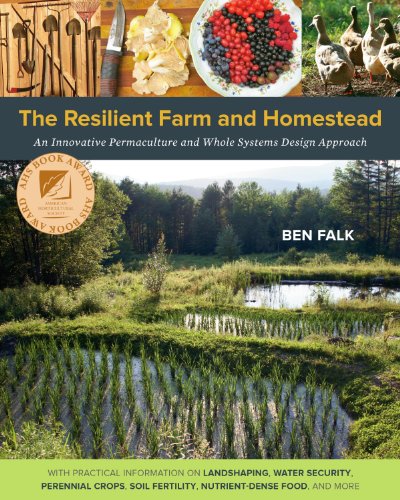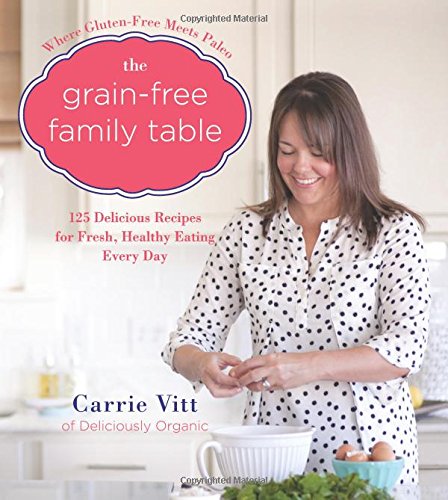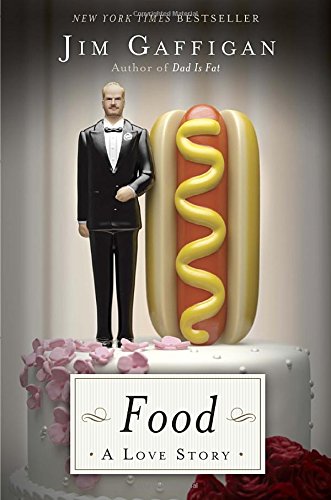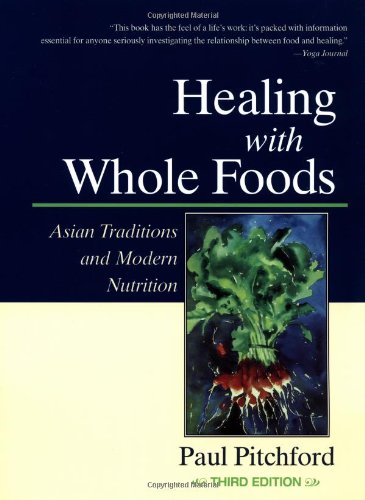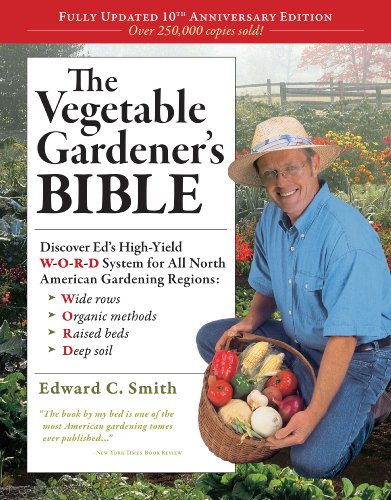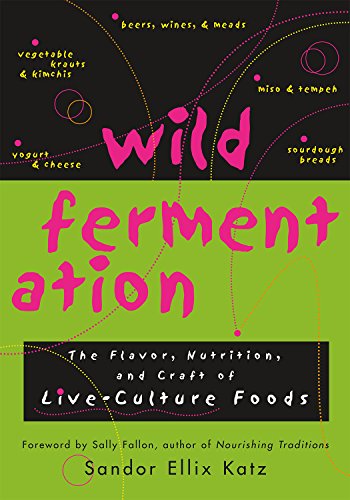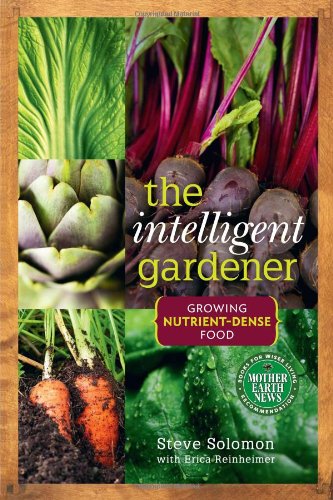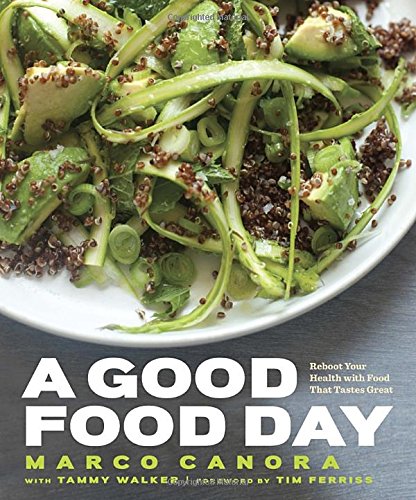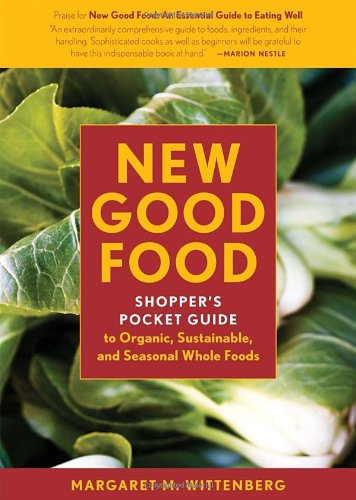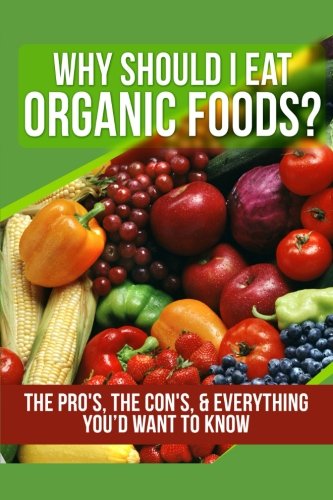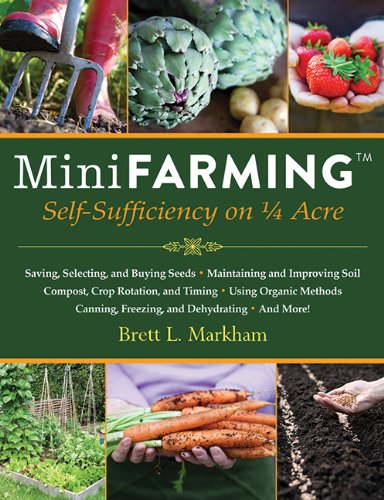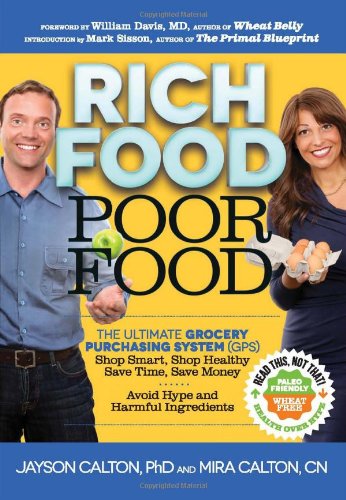Grow Your Own Raw Food Anywhere!Valuable, short guide to sprouting. Would you like to grow some of your own food this year? Indoors? With no sunlight or soil? At any time of the year and at all times of the year? Sprouts allow you to do all that and more. In fact, you can grow all the vegetables your body needs (plus all the protein as well) in an area that’s no bigger than your microwave oven. I grow sprouts on top of my refrigerator, harvesting baskets of fresh, raw food every week without even going outside. Growing sprouts is simple and it’s cheap. Sprouts can provide you with the power-packed nutrition your body needs at a fraction of the price of store bought food. You can save money while eating right. There’s no dirt, no pests, and no weeding required. Raw Food Salads, Sandwiches, Cereals, and More!This short guide (call it a booklet or pamphlet) will teach you how to grow sprouts and enjoy eating them. If you like salads, I’ll show you how to make delicious bowlfuls with tasty mild or spicy sprouts. If you enjoy eating cereal for breakfast, try some sprouted grains with natural malt sugars that nourish your body and taste far better than boxed cereals.Need to lose a few pounds?Simply eating a few more sprouted beans will keep you feeling fuller and eating fewer carbs. Toss some bean sprouts, lentil sprouts, or pea sprouts into your next rice or pasta dish; they make great burgers as well. You’ll find that your body absorbs the protein better when the beans are sprouted, which usually reduces flatulence as well. All this nutrition, protein, and fiber will have you shedding a few pounds in a hurry.Topics Include:1. Superfood SproutsCheap, Easy to Grow, Provide Year-Round Nutrition2. The Benefits of Raw FoodLose Weight, Nourish Your Body, and Stimulate Energy Levels3. Sprouting Equipment and How to Use ItTrays, Jars, Bags, Automatic Sprouters, and Wheatgrass Juicers4. Salad and Sandwich SproutsAlfalfa, Clover, Radish, and Broccoli5. Bean SproutsMung Beans, Soy Beans, Lentils, Peas, and More6. Grain SproutsWheat, Barley, Rye, Oats, Triticale, Quinoa, and Other Grains7. Seed and Nut SproutsSunflower, Sesame, Pumpkin, Peanut, and Flax8. Seasoning SproutsBasil, Celery, Cress, Dill, Fenugreek, Mustard, Onion Family, and More9. How to Grow MicrogreensGrow a Gourmet Baby Salad, Anytime, Anyplace!10. Wheatgrass Juice From Homegrown SproutsHow to Grow and Juice Your Own Wheatgrass11. Where to Get the Best Sprouting SeedsTrusted Sources for the Freshest Quality12. Where to Find the Best Raw Food Sprout RecipesDelicious ways to enjoy your sprouts, raw or cookedEat More Raw Foods for Better HealthRaw food contains many nutrients that are lost in the cooking process. Our prehistoric ancestors ate most of their food raw until around 12,000 years ago. The human body has not yet adapted to the large quantities of cooked and processed foods we feed ourselves. This is a big reason for the high rates of diabetes, cancer, heart disease, and other chronic ailments: we are poisoning ourselves with so much over-cooked, over-processed foods. People who switch to raw food diets (or simply include some more raw food in their diets) experience many benefits, such as weight loss and great energy levels. This book will help you increase the quantity of raw food in your diet from sprouts, including salad and sandwich sprouts, wheatgrass, microgreens, and sprouted beans, nuts, seeds, and grains (which most people can digest well without any cooking).Learn how to grow some of your fresh food indoors, in a small space, with no direct light, and no soil (except microgreens). Pick this one up. You won’t be disappointed!
